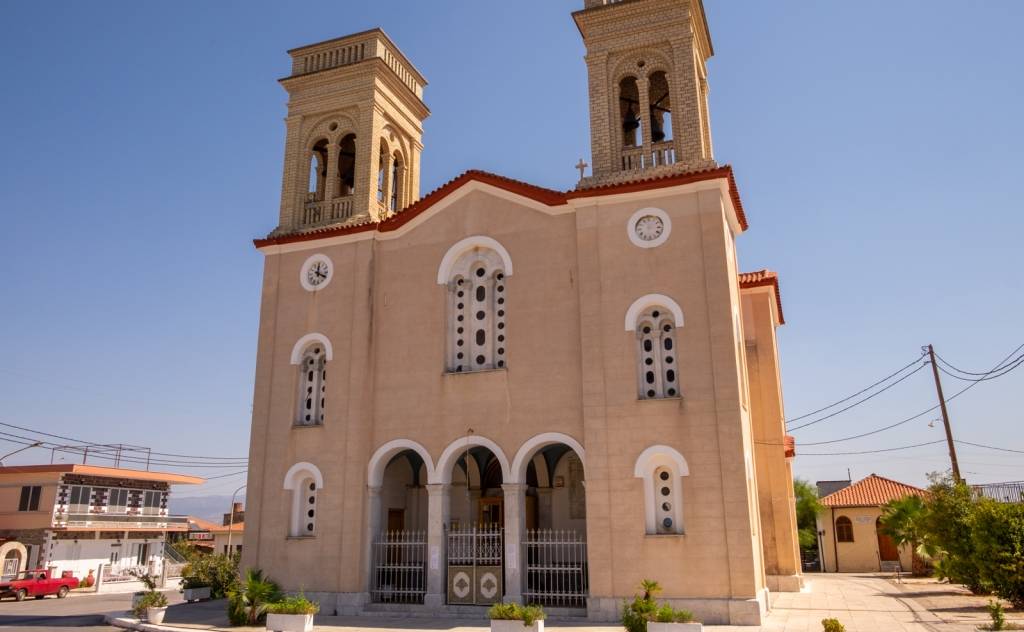






Xirokabi is located southwest of Sparta, at a distance of 14 km, at the eastern foothills of Taygetos. It has about 1000 inhabitants and is the largest settlement in the area. It is dominated by the highest peak of Taygetos, the well-known Pyramid or Taleton or Prophet Elias, with an altitude of 2,404 metres. The peak is accessible via a path that starts from the mountain refuge, which is located in the so-called "Barbara-Dereki" area. At central/eastern Taygetos, at the foothills of which Xirokabi is located, settlements developed after the 13th century.
In Xirokabi, visitors can admire the remarkable 19th-century buildings of traditional architecture, with the primary school standing out. Near the village, at the stream of Rasina, you can also see the stone, single-arched bridge that dates back to the Hellenistic period and which is maintained in excellent condition. It was built around 150 BC. and is the only one of its time that survives to this day. It was built along the Royal Road that connected Sparta with Kardamyli during Roman times. A short distance from the ancient bridge, an open-air theatre hosts theatrical performances and concerts in the summer.
At a distance of just 2 km from Xirokabi square, visitors can see the century-old olive tree at "Mousga". With a perimeter of about 14 metres, the giant tree is the sacred olive tree of Farida, as is the ancient name of the area and the name of the current municipality. The visitors who would like to have a look at it must follow the road that leads from the square to the opposite direction from that of Paleopanagia and then turn to the sign that says Mousga.
Close to the village of Xirokabi, archaeological excavations (that have been carried out since 2009 on the hill of Agios Vassilios) have brought to light a Mycenaean palace, which dates back to the Late Helladic - Mycenaean era (17th-16th century BC). The cemetery of built box-shaped tombs at the top of the hill also dates back to the same period. The buried building remains cover an area of at least 35 acres, and the buildings were decorated with murals depicting Mycenaean themes, such as the winged griffin, plant jewellery, spirals, etc. The clay inscriptions of Linear B 'found were preserved due to a fire that destroyed the palace buildings during the 14th century BC. The texts on the plaques mention supplies of goods in a sanctuary or sanctuaries, male and female names, place names under the title of "anax". Cult and decorative objects, utensils (such as clay cattle figurines), as well as seal stones, Egyptian scarabs etc., were found inside the rooms. Finally, 21 copper swords were kept (possibly in a box made of organic material) in one room. At the same time, under the floor of another, a dense layer of animal bones, vessels and valuable small items was also found.